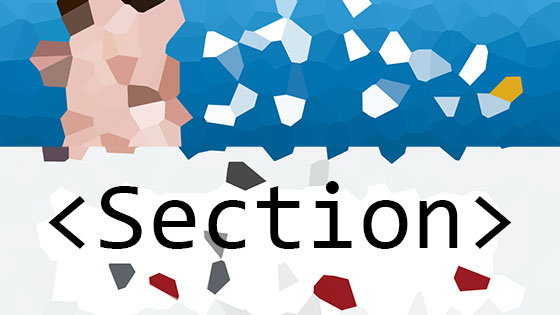It’s been a while since I have posted on my blog. In fact almost 2 years now. But it’s been even longer since I have significantly touched the foundation of my website; other than the regular updates, adding a small plugin here or there, my website had been using the same infrastructure and theme since 2019. A lot of it even already existed the same way in 2018. My website had gotten really out of date, in terms of both content and technology. Some of the blocks I had implemented years ago were no longer working, so part of me was even afraid to open the block editor.
A few weeks ago, I finally decided to change that and modernize my website. But it didn’t just came out of nowhere. Specifically, I wanted to update my website to use a block theme. I had been excited about them since they were in the exploration stage already in 2019, pretty much as far back as when I was rebuilding my website, “the old way”. The opportunities for enhancing performance due to the new block theme paradigm seemed extremely promising to me.
Now that we’ve already had 3 major WordPress releases to establish and refine the new infrastructure, I decided to really give it a try. In this post I’ll share my experiences with you as well as the outcome and how it is impacting performance.

